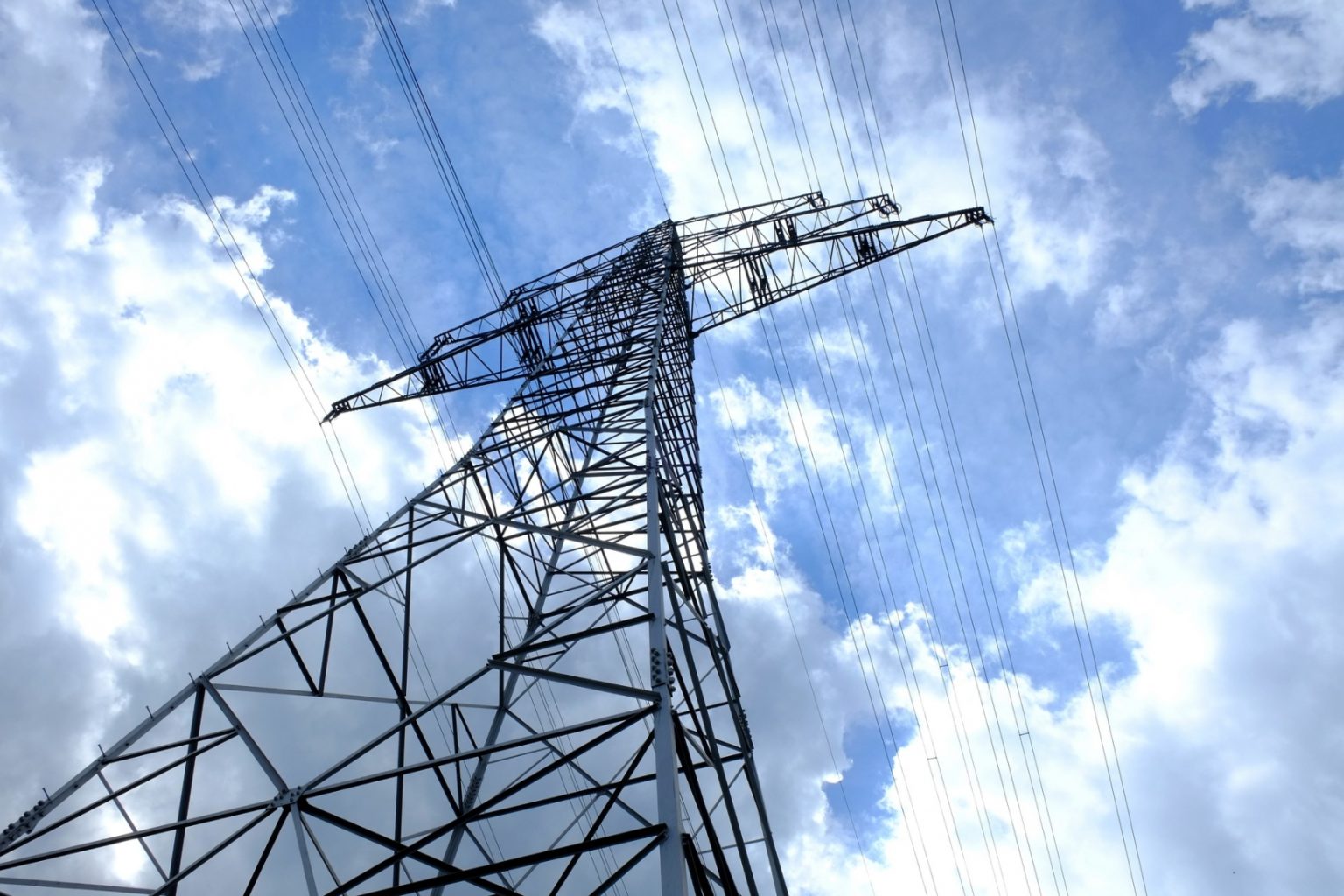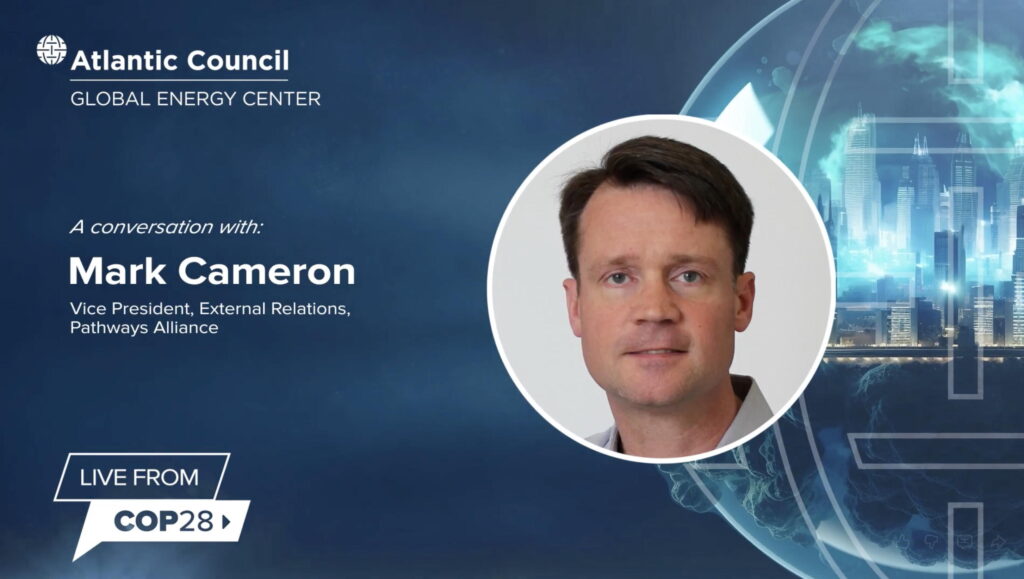On an August 2015 earnings call, Kelcy Warren, CEO of natural gas company Energy Transfer Partners, acknowledged that “the pipeline business will overbuild until the end of time.”
Critics of Florida’s utilities say they believe Warren. They point to state regulators allowing Florida Power and Light (FPL) to build not only new power plants using fracked gas from as far away as Pennsylvania and Texas but also natural gas infrastructure that includes the $3 billion Sabal Trail Pipeline.
And Florida residents are footing the bill for these efforts.
As Frank Jackalone, Director of Sierra Club Florida, said in a recent blog post:
“FPL has admitted that homegrown solar and batteries could do at least as good a job of powering Floridian homes and businesses — at competitive prices. To make matters worse, FPL is also using these power plants to try to justify building unnecessary gas pipelines such as Sabal Trail and Atlantic Sunrise.”
Rising Rates But Not Rising Demand
In January FPL customers will see their utility bills rise by $400 million, to be followed by $411 million in rate hikes over the next three years.
Florida Power and Light, the largest utility in the state, justified the rate increase in a prepared statement, saying it would “support continued investments in FPL‘s infrastructure, including the implementation of innovative technologies that help reduce and shorten outages, generate power more efficiently, and curtail fuel consumption and air emissions.”
The statement went on to say that FPL expects to continue investing $3.5 billion a year in its infrastructure for the next four years.
Detractors say that infrastructure is largely based on producing electricity from fracked gas, not solar, and that much of that natural gas infrastructure is unnecessary, based on demand.
The Sun Sentinel explored a questionable rationale for the public service commission’s support of the rate hike:
“So why should customers like the deal? Because of the Public Service Commission’s recent record on FPL. … Since that 2012 rate hearing, the commission has approved every FPL request, including that Okeechobee County plant, which critics called unnecessary.”
An analyst from BTU Analytics crunched the numbers as well, and said that forecasts for energy demand and conversions from natural gas to coal power plants don’t actually justify the construction of new natural gas infrastructure, as FPL has claimed:
“In the 2016 electricity demand forecast, FP&L made no significant changes in customer counts, revised population growth estimates up, but drastically lowered its expected consumption of electricity per customer down in 2016 relative to 2015 on empirical evidence that consumers were bucking the expected trends of increased electricity usage compliments of energy efficiency and tighter building codes among other things. The resulting change in usage per customer wiped out nearly 11% of the expected electricity demand increase by 2024.”
Despite that, clean energy advocates say, the Florida Public Service Commission doesn’t see falling demand as a reason to deny higher utility rates or the building of new power plants like the Okeechobee natural gas plant, slated for 2019.
Utilities Tilt Playing Field in Favor of Gas
Part of the Sabal Trail Pipeline lies feet from a protected wetland in central Florida. Credit: Laura Parks Catlow
In late November, the Florida Public Service Commission approved a maximum profit rate, or return on equity, of 11.6% for FPL. That profit rate will go into effect in January and last for the next four years, unless the Florida Supreme Court reverses the commission’s decision.
The problem, detractors say, is that this 11.6% profit rate is well above the national average of 9.5% for similar-sized public utility companies, according to the Edison Electric Institute.
“Florida law requires utilities to provide least-cost service and in return are supposed to get a fair return for providing such services, but that’s not what’s happening [with FPL],” Sierra Club’s Frank Jackalone told DeSmog.
Jackalone adds that because FPL’s parent company, NextEra Energy, is one of the owners of the still-in-construction Sabal Trail pipeline, along with Duke Energy of Florida and Spectra, “FPL is basically shaking hands with itself.”
Not surprisingly, there’s been an uptick in mergers between utilities and natural gas-pipeline companies, including Duke and Piedmont, and Southern Company and AGL, just this year.
Jackalone and other critics say the threat of less profitable clean energy sources is one reason FPL has been fighting the expansion of rooftop solar and other alternative forms of energy, and why the company and a Koch Brothers-backed group invested millions in a misleading ballot initiative to restrict rooftop solar, an initiative that was rejected in November.
Justifying Construction with Overestimates
Critics say even though Floridians are looking at solar to meet their energy needs, Florida’s utilities, backed up by the public service commission, have the following rationale: If utilities build it, Floridians will have to use it. And even if Floridians don’t use it, they’ll be paying for it anyway.
A recent article in Southeast Energy News contends FPL pushed for the construction of the Sabal Trail pipeline in spite of the fact it will deliver double the amount of gas needed by Floridians:
“In 2013, in public testimony, FPL projected a need of 400,000 decatherms (Dth) a day by 2017 and 600,000 Dth/day by 2020. In their 2014 application to FERC, they projected that Sabal Trail will provide 800,000 Dth/day by 2017 and 1.1 billion Dth/day by 2020.”
The Florida Public Service Commission allows FPL and other Florida investor-owned utilities – Duke, Gulf Power, and Tampa Electric — to charge customers for capital expenses for new plants as well as related expenses, including pipelines ($3 billion for the Sabal Trail pipeline) and environmental compliance. These utilities can even pass on losses from “hedging” to customers.
According to the Wall Street Journal, Florida’s four largest utilities suffered net losses of $6 billion on their program from 2002 to 2015 because their natural gas hedges “wound up being considerably more expensive than eventual market prices.” But those losses, the Journal says, were absorbed in large part by rate payers.
A Sierra Club blog post from March 2016 slammed the monopolistic practices of Florida’s utilities:
“Tallahassee has an even worse record of approving massive, multi-billion dollar natural gas power plants and a so-called hedging program, all of which puts the profits of the state’s biggest monopolistic utilities before people. The hedging program alone cost Floridians $6 billion from 2002 up to and including 2015, while insulating those big utilities from the costs and risks of their bad decisions to double down on natural gas. Think of all the solar, wind, energy efficiency and storage we could have bought for $6 billion!”
Neither Florida Power and Light nor the Florida Public Service Commission responded to DeSmog’s requests for comments for this story.
Main image: Pixabay, public domain
Subscribe to our newsletter
Stay up to date with DeSmog news and alerts







